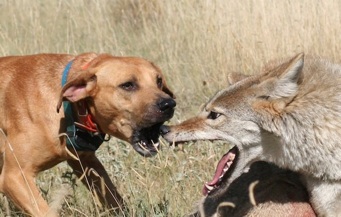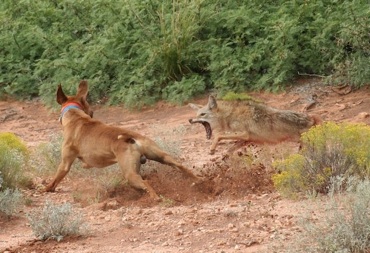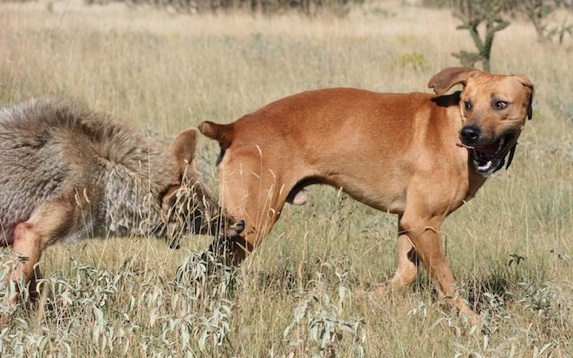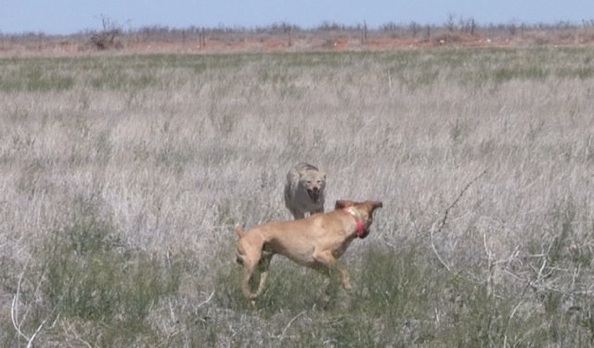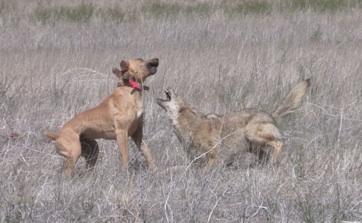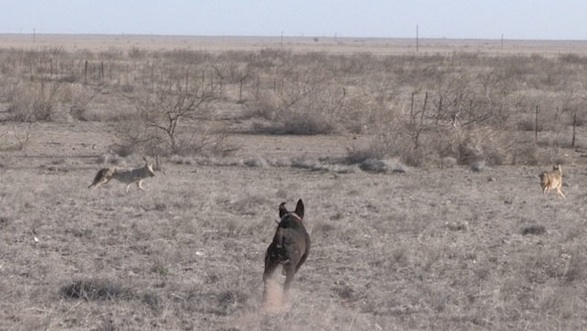Tony tebbe’s PREDATOR UNIVERSITY | Guided predator hunts and predator calling school in New Mexico and texas.



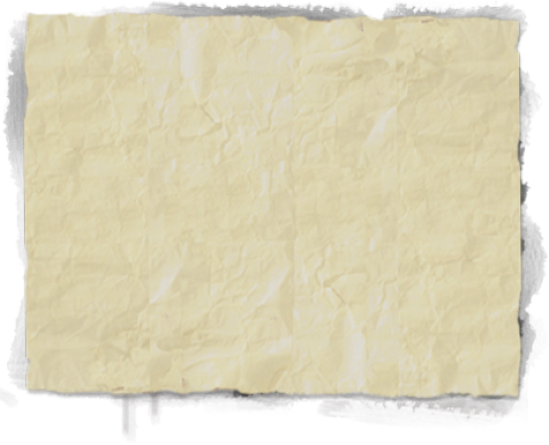
What exactly is a “Decoy Dog”?
The term “decoy dog” is a widely used term. You could ask ten different dog guys and get several different
answers. What it comes down to from a hunter’s perspective is… besides being a hunting companion; a dog
is just another tool. It is not a magic talisman. As usual, being a tool, everybody uses that tool differently.
To me, from a predator calling perspective, a decoy dog is any dog that draws the coyotes attention away
from the caller to itself [the dog] and helps the hunter put more fur on the ground. That is a very generalized
description because every hunter is different and every hunter uses their dog to compliment their style of calling.
Some callers prefer to a tolling dog. A tolling dog is a dog that goes out long distances and brings a coyote
back to the hunter. There are situations where the coyotes may be six hundred to a thousand yards out and
the hunter will cast the dog to go find the coyotes and bring them back to the gun. Other hunters may want a
dog that stays close, well within gun range, and actually bait the coyote to them.
The true essence of a decoy dog is a dog that will chase a coyote but will come back on command. Decoy
dogs absolutely must return on command, they have to “sic” when you cast them to chase game and they
must be “straight” (only chase game that you want them to chase). A common way to get a dog to return on command is by using a beeper collar. The hunter has to at all times be in control of their dog or it can rapidly and easily turn into a miserable mess. That being said, some dogs learn through experience as well and they know to come running back when they get their hands full. It’s a cat and mouse game. Dogs chase coyote, dog comes running back and coyote follows on a string.
This is Lacy, the mother of my Brandy pup, tolling a pair of coyotes that were causing problems for a rancher and his dogs.
It is probably one of the best photos I’ve seen that best explains “tolling” of a coyote.
(Photo courtesy of Jason Carruth)
Why do I use Decoy Dogs?
It puts more fur on the tailgate and I absolutely enjoy the companionship. A dog doesn’t have to schedule time off work or ask permission from the wife to go hunting. He is always ready and willing. My dog is another calling partner; he will sit on stand and pay more attention than most hunters. He will sit and watch downwind. Even if for some reason I am forced to watch upwind he will sit behind me and watch downwind because he is smart enough to know that’s where coyotes come from.
Some guys say that the only time decoy dogs are effective is during denning season. That is absolutely not true! Dogs are effective year around. My dogs go on just about every coyote calling stand with me. I’ve only witnessed a handful of coyotes that actually flared and left the scene at the sight of the dog(s). Most want to either chase the dog or get around it to get to the rabbit they hear. A dog will pay for itself just in recovery work. I can positively say that since I have been using a dog I have never lost a wounded animal. If it has a hole in it, it will be found, period. We kill hundreds of predators each season and we haven’t lost a single animal. Not all shots are perfect and having a dog to recover wounded game is a big deal especially when night calling. If for nothing other than recovery, the use of a dog is important.
What breed of Decoy Dogs do I use?
I prefer the cur breeds and lurcher crosses. I want a dog that has a head on his shoulders and definitely wants to hunt. You can start talking about personal preferences as well. I personally don’t want a big, flabby, hound-like dog. I want a dog that is tight and fast and can get the job done. I don’t want a dog that is overly big, I like a forty to fifty pound dog that doesn’t take a bunch of room in your hunting rig and doesn’t have the potential to intimidate a coyote based on its size. I don’t want a Great Pyrenees but at the same time I don’t want a dog that’s too small. I want a dog that’s fast enough to get away from a coyote if he has to and but still be big enough to fight if need be.
My dog Gunner is a Black Mouth Cur and Catahoula cross which has been a very popular cross for hog dogs for many years. He has a lot of grit but for my personal taste I would like even more grit. I like a dog that can play the whole decoying game, but can shut a coyote down, when injured. I’m not a big fan of trailing injured coyotes across the countryside...especially at night. With training I can always tame down a dog that has a bit too much grit but I can’t add grit to a dog that doesn’t have any.
A coyote decoy dog has to be a “thinking dog”, not a dog that all he knows to do is chase. A dog should add to the stand not detract from it. You want a dog that knows this is a cat and mouse game and is smart enough to play the game. I am no longer in a breeding program, for various reasons, but I feed, love and hunt some of the best dogs I have ever been around.
Gunner baying up a border jumper coyote. We were calling deep along the Mexico border. I believe this coyote didn’t understand Gunner’s english to just lay down. We would have lost this coyote and a fine pelt, without a dog.
What to look for in a Coyote Decoy Dog?
Training is everything, when it comes to Coyote Decoy Dogs. Unless you have the time and access to a bunch of coyotes, I’d suggest purchasing a young “started” dog from a reputable breeder/hunter. I state “breeder/hunter”, as I would never purchase a custom built predator call from someone who doesn’t call predators, purchase a custom built rifle from someone who doesn’t shoot guns, and I dang sure wouldn’t purchase a coyote decoy dog from someone who doesn’t call up and kill a mess of coyotes. One that will ensure you are getting a dog that is worthy of feeding and investing your time and money into. Sure, you could pick up a dog from the pound and turn it into a decoy dog, but my Dad always told me it costs the same amount to feed a great dog, as it does a mediocre dog.
A “started” dog is one that has already been trained on loading and unloading from the vehicle, knows how to tone back with a training collar, comes to you when you call it, knows various commands that are used in the field, has been on plenty of coyotes and has the drive and passion for decoying. They are ready to work for you, but need finished by reinforcing the training that has already been started.
If you want to train a decoy dog on your own, I can tell you it is a very rewarding (and sometimes frustrating) process. Again, choose a pup from only reputable breeder/hunters. Look at the parents and their track record as coyote dogs. If there has been a prior breeding of the parents, take a look at the offspring and talk to their new owners. It’s a whole lot easier to start the journey of raising and training a pup that has the proven breeding running through their veins.
Note: On occasion, I have pups and started dogs available from my breeding program. In addition, I do train other’s dogs on a very limited basis. If you are looking for a dog and/or wanting me to spend some time with it, just give me a call.


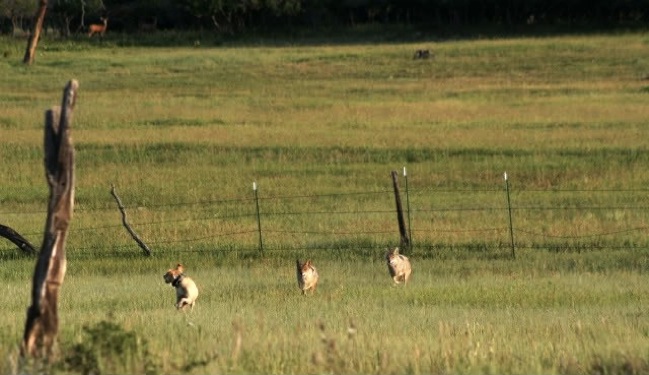
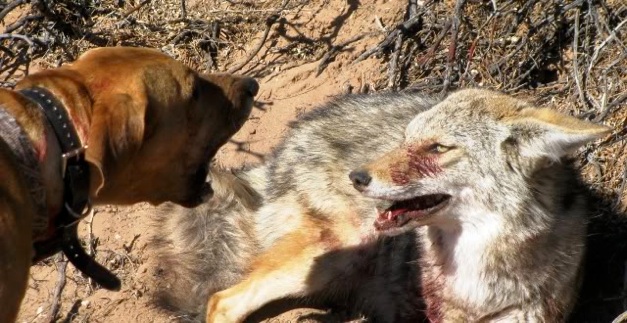
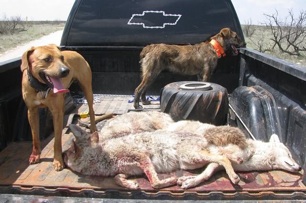
Gunner, our main decoy dog at Predator University, watching for coyotes on a calling stand.
